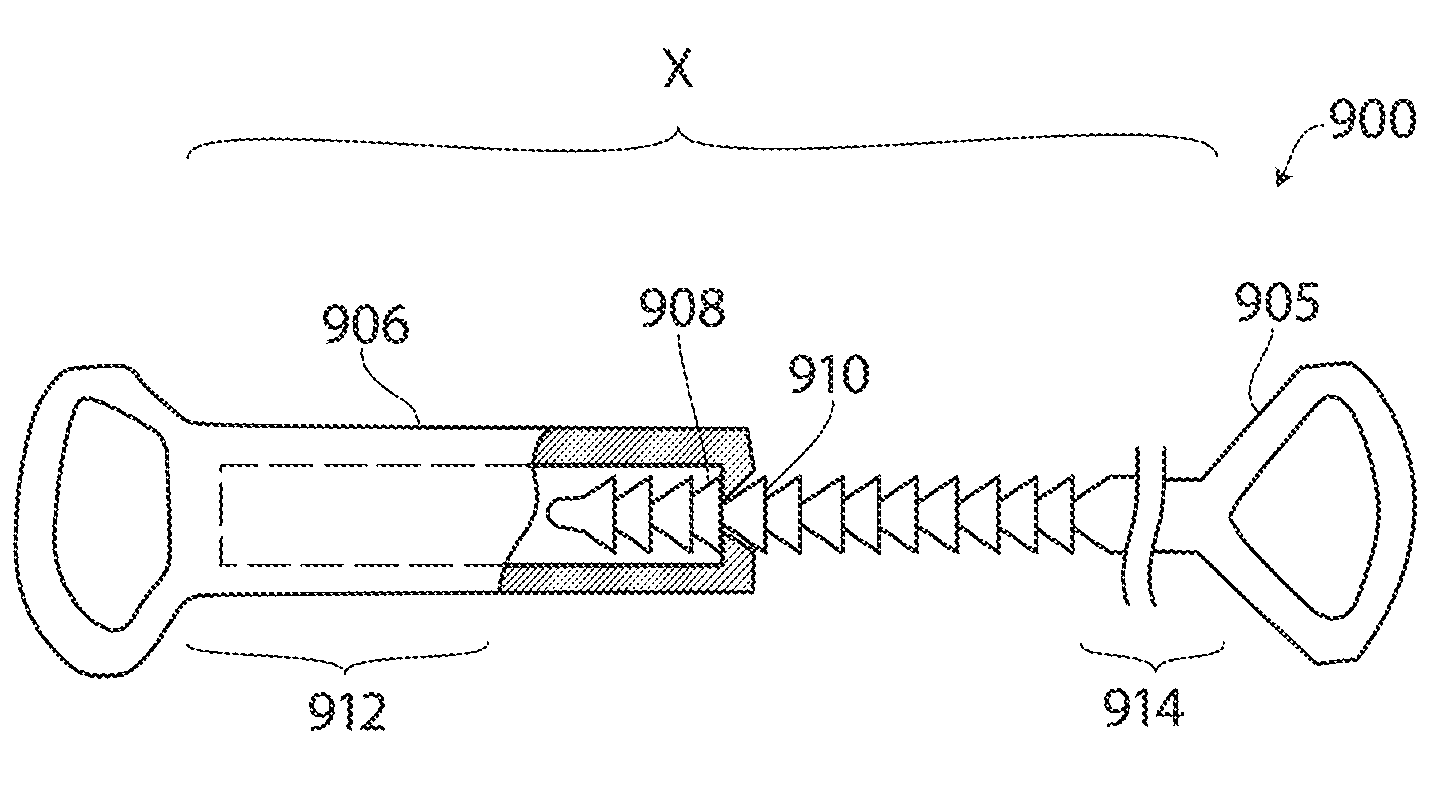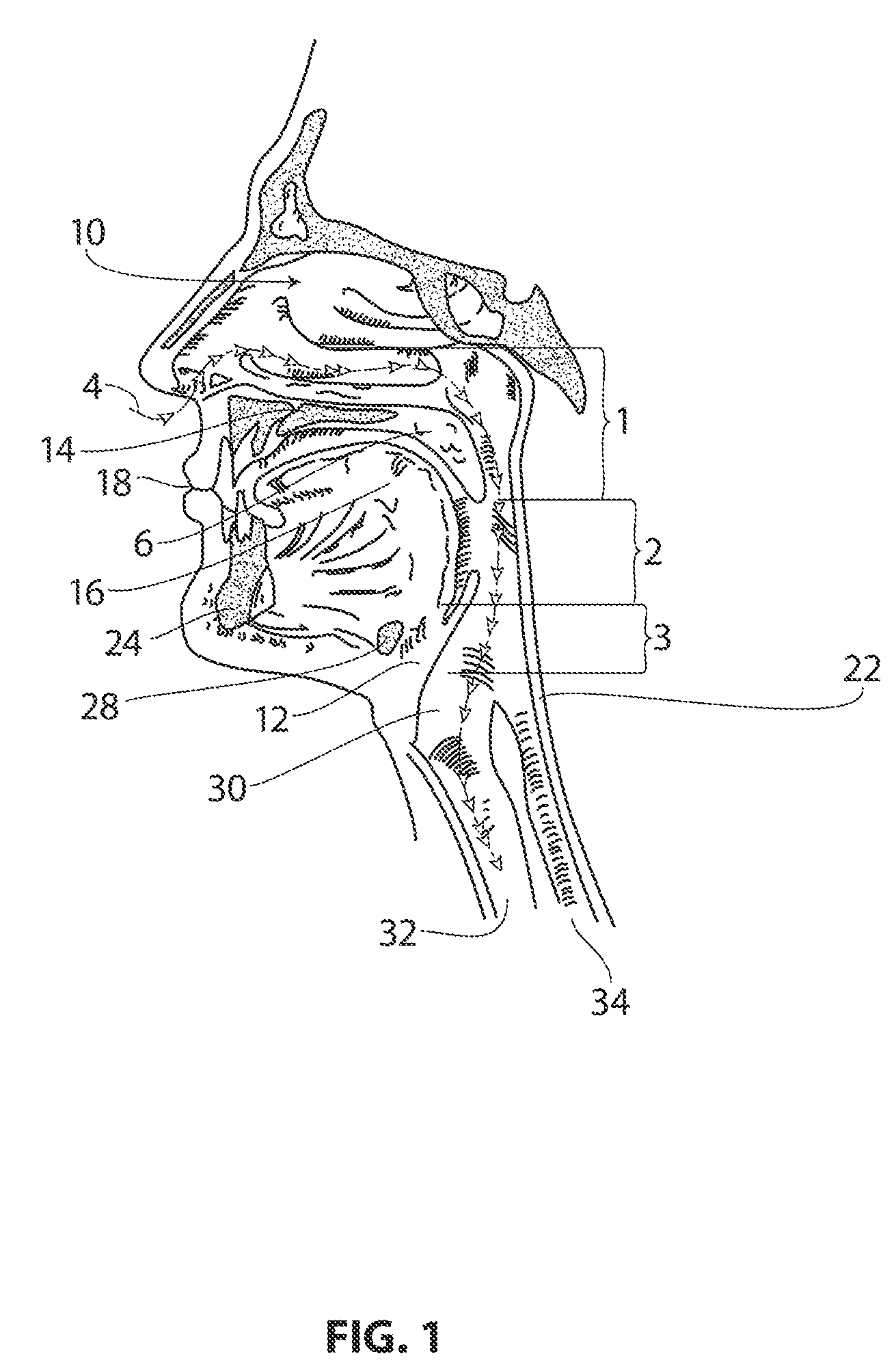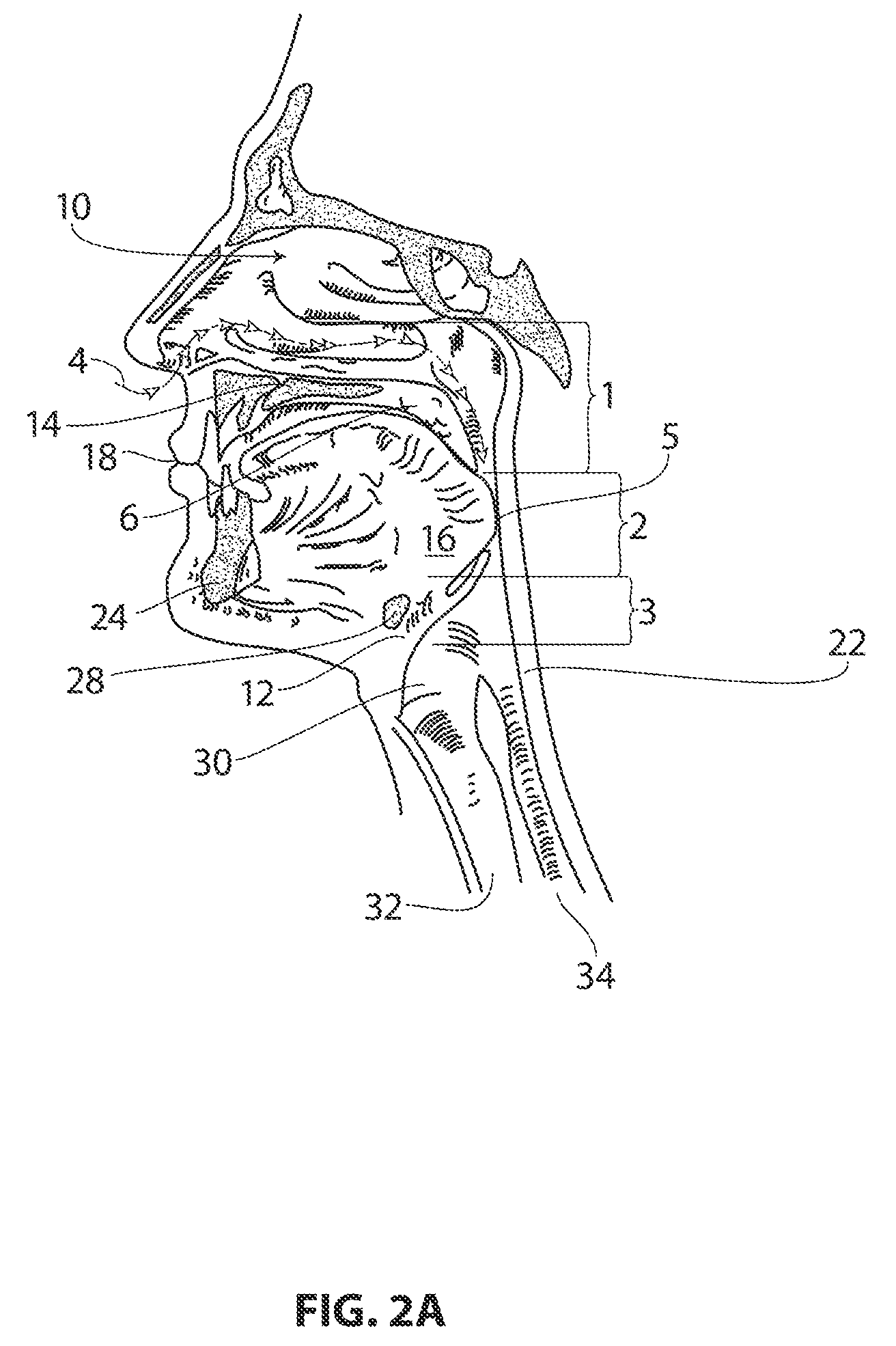Systems and methods for treatment of sleep apnea
a technology for sleep apnea and sleep disorder, applied in the field of systems and methods for treating sleep apnea, can solve the problems of unobstructed airway, decreased frequency of apneic events, and obstructive collapse, so as to reduce the tendency to collapse during sleep, reduce the frequency of apneic events, and reduce the effect of obstructive collaps
- Summary
- Abstract
- Description
- Claims
- Application Information
AI Technical Summary
Benefits of technology
Problems solved by technology
Method used
Image
Examples
embodiment 770
[0098]FIG. 26 depicts an alternative embodiment 770 of in-situ adjustable implant body having an elastomeric medial region 772 for applying forces to tissue. The medial region 722 again includes at least one interior chamber 775 filled with a fluid, for example a biocompatible fluid such as saline 720, that is filled under pressure with the implant body in a stretched condition. In this embodiment, the chamber 775 comprises a non-linear lumen, such as a helical lumen, that can be filled with an incompressible fluid or the fluid can be released from the lumen. It can be understood that if the helical lumen is fluid-filled, the elastomeric material can still apply retraction forces after being disposed in a treatment site, but the fluid 720 will lessen or dampen the applied forces provided by the implant. If the fluid 720 is evacuated from the lumen 775, then the elastomeric portion will apply retraction forces without being impinged by the fluid. FIG. 26 depicts a needle tip 730 punc...
embodiment 780
[0100]FIG. 28 depicts another similar embodiment 780 wherein the implant carries a plurality of non-linear lumens 782A and 782B that each are filled with an incompressible fluid 720 that can be released independently through a seal 785A or 785B such as by any means described above to adjust the retraction forces applied by the implant. In the implant of FIG. 28, two helically-configured lumens 782A and 782B that overlap are shown, but the plurality of lumens can range from 2 to 10 or more and comprise axially overlapping lumens, partly overlapping lumens or non-overlapping lumens.
[0101]FIG. 29 depicts an implant embodiment 790 similar to that of FIG. 28 wherein the implant 790 again carries a plurality of lumens 792A-792C that are both non-linear (helical) and linear—each within elastomeric, axial-extending regions 795A-795C, respectively. In this embodiment, it can be understood that each linear lumen 792B, 792C is filled with an incompressible fluid 720 that maintains the associat...
embodiment 800
[0102]FIG. 30 depicts an alternative embodiment 800 that is similar to those described above except a permeable wall 802 surrounding the fluid-filled interior chamber 805 can be slightly permeable to allow a controlled migration of fluid 720 from the chamber to thus allow the elastomeric material to apply greater retraction forces to the tissue. The interior chamber or chambers can be non-linear or linear to thus function as described previously to permit the implant to increase retraction forces applied by implant to the treatment site.
[0103]In another embodiment, an implant similar to that of FIG. 30 can have an interior chamber filled with a salt and moisture absorbed through the slightly permeable wall can cause the salt to dissolve which will change the forces applied by the implant, typically to reduce the forces applied by the implant.
PUM
| Property | Measurement | Unit |
|---|---|---|
| thicknesses | aaaaa | aaaaa |
| time | aaaaa | aaaaa |
| wetting contact angle | aaaaa | aaaaa |
Abstract
Description
Claims
Application Information
 Login to View More
Login to View More - R&D
- Intellectual Property
- Life Sciences
- Materials
- Tech Scout
- Unparalleled Data Quality
- Higher Quality Content
- 60% Fewer Hallucinations
Browse by: Latest US Patents, China's latest patents, Technical Efficacy Thesaurus, Application Domain, Technology Topic, Popular Technical Reports.
© 2025 PatSnap. All rights reserved.Legal|Privacy policy|Modern Slavery Act Transparency Statement|Sitemap|About US| Contact US: help@patsnap.com



